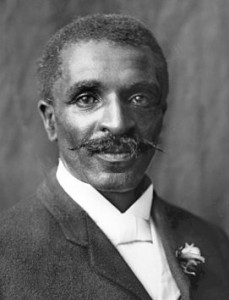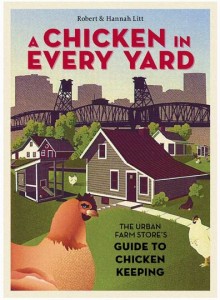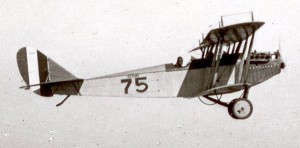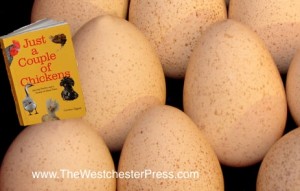
This Buff Laced Polish Rooster features in today’s scary Halloween chicken story… he was one of…. “Just a Couple of Chickens” (bwahaha!)
To celebrate October 31st, 2012, which is Halloween, I am going to tell you a story of a very scary chicken.
Only it wasn’t a chicken, was it?
How scary is a chicken?
It was a …………ROOSTER!
Now that’s scary.
By the time this true story took place, I had come to terms with the death of my rooster loving dreams.
I had raised several roosters, due to an unfortunate straight run order from a hatchery, and tried very hard to counsel them out of their brutal, blood-letting ways.
And I’d failed. I’d gotten scratched, pecked, slashed, and ambushed. I’d given up and perfected my rooster mole recipe.
But there was one guy left. My gentle, sweet, bumbling, slightly unsteady Buff Laced Polish.
He was a beauty. With a weird horned comb.
The day that I was down in a crouch, trying to collect eggs from the farthest corner of the hen house, I thought he was coming over to tell me a knock-knock joke.
Or show me a particularly good juicy bug in the straw.
It was therefore a complete surprise to see him, as if in slow motion, leap into the air like a nasty ninja and stretch out his wickedly sharp spurs in a full-out attack.
He could have laid open my face to the bone… if he hadn’t clotheslined himself on the hen house door.
It was kind of funny, but I was shaken. If he hadn’t collapsed in a whomping crunch on the hen house doorstep, I would have been in big trouble. His spurs were over two inches long.
Pretty scary…
I acknowledge that there are lots of people out there who have good rooster stories, but I haven’t lived them myself. At the end of the day, there’s a reason the rooster is free....
Happy Halloween!









